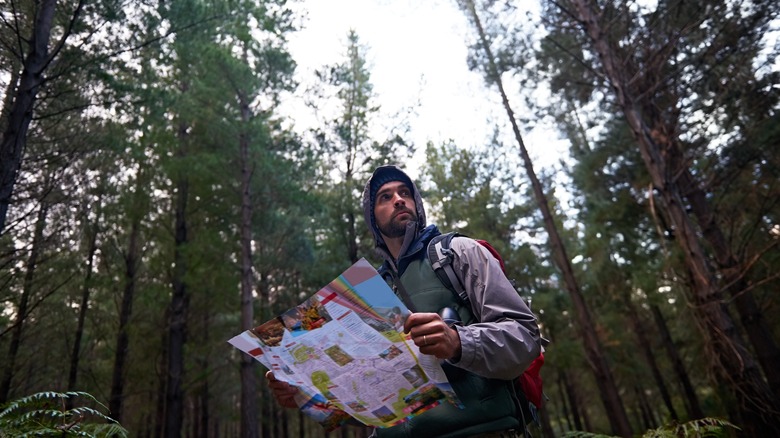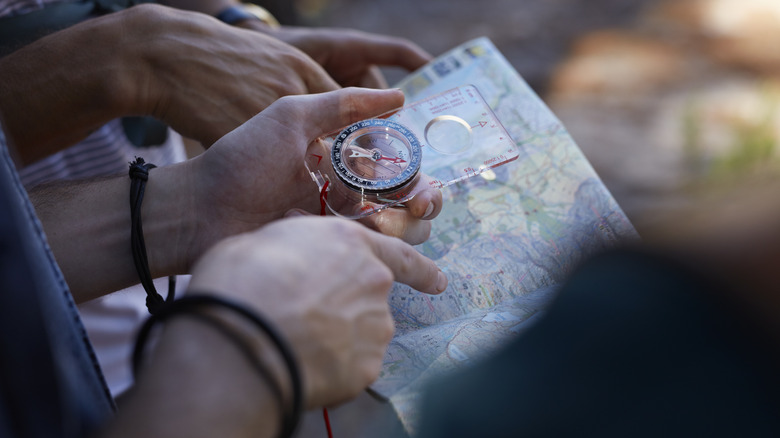Prevent Getting Lost In The Woods With These Helpful Tips
Hiking is the most enjoyed outdoor activity in the United States. According to the Outdoor Industry Association, hiking is not only the most popular, but is rapidly growing in both numbers and diversity. The OIA statistics claim close to 60 million Americans participate in hiking. Unfortunately, thousands of those hikers get lost or go missing each year. The vast majority of those who become lost are actually day hikers.
That information underlines the importance to know what to do if you are lost in woods, even if you are only intending to go for a short day hike. However, as helpful as it is to know what steps to take to find your way out of the woods, it is even better to know how to not get lost in the first place. Despite age-old folklore, you can't rely on moss to prevent getting lost. Instead, you need to rely on the navigation aids.
Just having these navigational tools isn't enough, however. Before hitting the trail, you should know how to read a map and how to use a compass. It is also important to plan out your hike before you attempt it. However, even that preparation isn't a guarantee of a safe return. But, once on the trail, you can prevent getting lost in the woods with these helpful tips.
Mark your progress and take bearings frequently
Having a planned route is a good starting point for ensuring you don't get lost. However, you also need to follow that route as closely as possible. Whether you are following a planned route or not, one of the best ways to prevent getting lost is to use that compass and map you packed throughout your hike. You should regularly take coordinates and mark your progress or last location on your map. This is more or less the equivalent of leaving a trail of breadcrumbs to help you find your way back.
You should also be observant and take note of any distinct landmarks. Whenever possible, take a bearing between landmarks. Mark this information on your map as well. Another simple step to help you utilize landmarks is to look back at them as you pass. This will give you an idea of what to expect to see on your way back, as not all landmarks look the same from various directions.
You should have a map and compass even if you are carrying a GPS unit. While GPS units are very accurate, electronics can fail for a multitude of reasons, including dead batteries and weak signals. If you have a GPS unit, but all means, use it — and enable the backtracking feature. However, you should never step on the trail without a compass, even if it is just a basic model such as the TurnOnSport Orienteering Compass.

